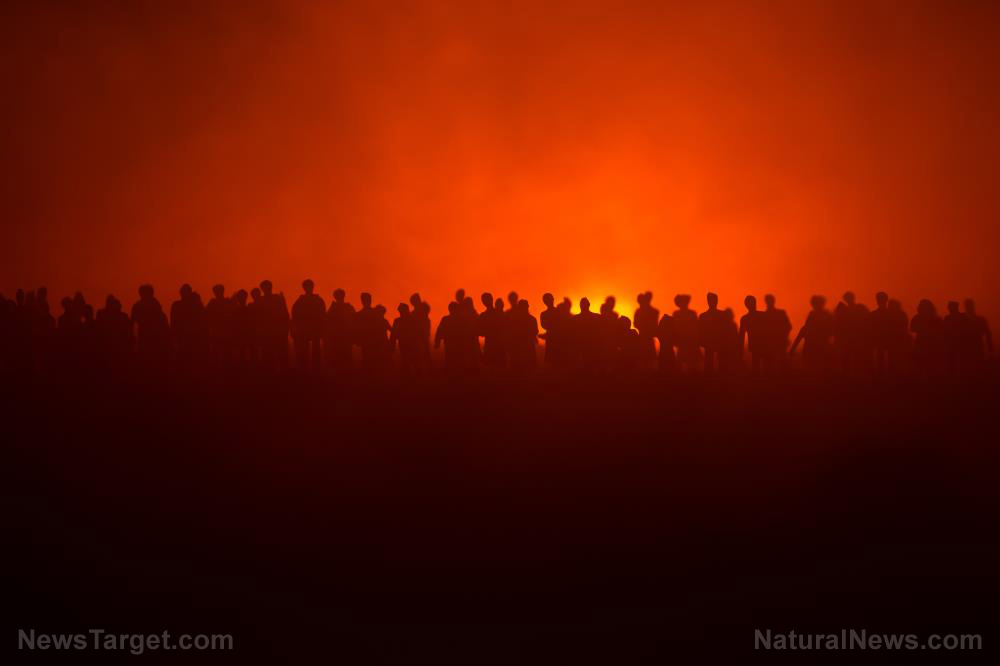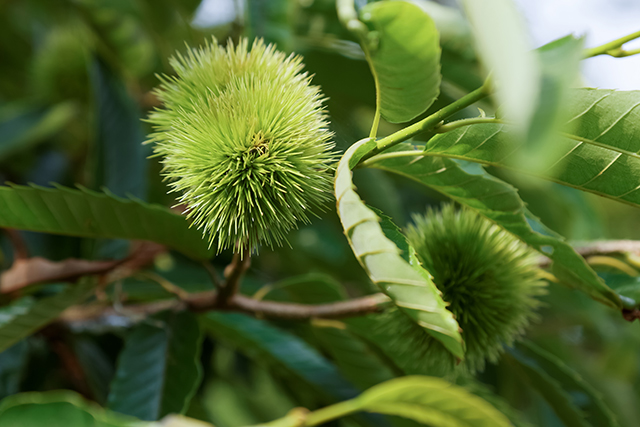Food supply 101: Fish, a cheap and easy survival food
09/12/2022 / By Zoey Sky

For preppers looking for a live food supply that is simple and affordable, keeping fish in a natural pond or man-made tank on your homestead is a good idea.
While this project requires some money upfront, it will be a worthwhile investment. (h/t to MDCreekmore.com)
If you have a homestead and you want to survive when SHTF, a fish tank is a great project because it can function as a live food supply.
If you’re confident in your skills, you can save money, time and labor by building the fish tank yourself. Take some notes from Kim B. of the M.D. Creekmore website.
Building a fish tank on your homestead
Get the materials you need to build several four-foot long by four-foot wide, two-and-a-half to three-foot high, wooden frames in the style of boxes. Reinforce the corners with two-by-two’s, then line the bottom with several inches of sand and the interior with some thick food-grade plastic.
Use small concrete blocks all the way around the tank to clean up the exterior and give the walls extra support. Cover the tank with a lightweight one-fourth inch Carpenter cloth-covered top frame to keep out vipers and other creatures.
If there is little to no fish in stores, you can fill some of the tanks with goldfish of different ages. According to Kim, if she wants to eat fish, she will catch and supplement her diet with the oldest of them.
Unless you have huge tanks with hundreds of adults and babies in them, your fish supply should only be eaten when truly needed.
Here are some of the best fish species for backyard aquaculture:
Fish are cheap to feed, easy to care for and bear quite a few offspring. With proper quarantine, you can keep many of the babies from being eaten by their grandparents.
Protect your fish tanks by parking them against or very near the walls of your house, on the shady side. This helps keep tanks cooler during summer.
Before winter, place a tarp over the wire-covered frame with six to eight inches of materials over it to help insulate the water from the cold.
Another option that will help prevent the water from freezing in winter is to lean a sheet of plywood from the outer edge of the tanks against the wall. Sit the plywood at an angle, then protect the open ends with several layers of tarp that should insulate them enough and allow for easy access. (Related: Seeds of life: Keep your food supply alive after SHTF.)
You only need a few extra feet of space and something that will support the weight of a tank’s water to raise fish.
For the land and indoor limited preppers, it might be better to get a glass tank since when a wooden one leaks the locations can be difficult or impossible to detect. With a glass tank, you only have to worry about leaks where the edges are glued or where cracks have been made.
If you opt for a wooden tank, relining it is usually the only option. This means you need to relocate the fish to holding tanks with a proper saltwater solution to help with the stress of the moves from and to their home.
Next, fully empty the exterior of the few hundred gallons that it holds, completely reline it and fill it with water of the correct temperature before returning the fish.
If you often get attached to animals, don’t think of the fish you raise as pets. Do not talk or interact with them so you won’t have trouble when it’s time to harvest and kill them for food.
Note that fish in their natural environments will often consume each other. Fish can also be used as a nutritious supply for other animals.
Your survival will depend on having as many resources available. Before SHTF, consider buying or building a fish tank on your homestead so you have access to fish even after disaster strikes.
Visit FoodFreedom.news for more tips on how to boost your food supply.
Watch the video below to learn how to make Southern fish fry.
This video is from the TheFlyLady channel on Brighteon.com.
More related stories:
Food supply tips: 9 Ways to preserve meat at home.
Food supply 101: What to cook when SHTF.
Food supply tips: 7 Vegetables to grow for your food stockpile.
Food supply tips: 5 Food preservation methods to learn before SHTF.
Sources include:
Submit a correction >>
Tagged Under:
aquaculture, emergency food, fish, food freedom, food supply, homesteading, off grid, preparedness, prepper, prepping, self sufficiency, survival, survival food, tips
This article may contain statements that reflect the opinion of the author
RECENT NEWS & ARTICLES
COPYRIGHT © 2017 GREEN LIVING NEWS



















